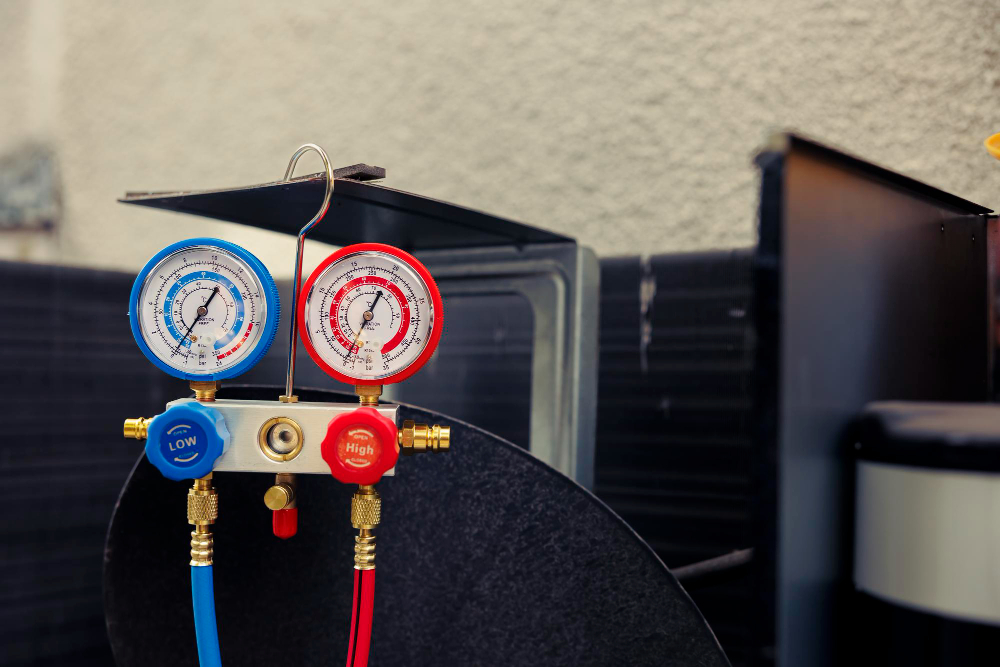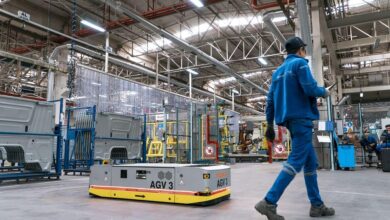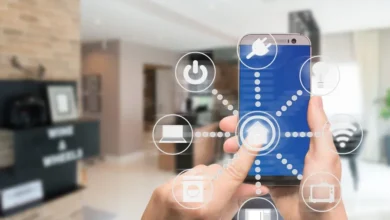Upgrade Your Comfort and Cut Costs with Modern Heat Pump Installation

Heating and cooling technology has evolved far beyond the days of bulky furnaces and inefficient window AC units. Modern heat pump installation offers a smarter, more energy-efficient way to maintain perfect indoor temperatures year-round—using the same system for both heating and cooling. Whether you’re building a new home or replacing an outdated system, upgrading to a heat pump can transform your comfort while significantly lowering your energy costs.
What Is a Heat Pump and How Does It Work?
Unlike traditional HVAC systems that generate heat, a heat pump simply transfers it. In winter, it extracts warmth from the outdoor air (or ground) and moves it indoors. In summer, it reverses the process—removing heat from your home and releasing it outside.
This dual-function design means you get both heating and cooling in one unit, eliminating the need for separate systems. Because it moves heat rather than creating it, a properly installed heat pump installation can deliver up to three times more heating energy than the electrical energy it consumes.
The Benefits of Modern Heat Pump Installation
1. Energy Efficiency That Lowers Bills
High-efficiency heat pumps can reduce energy usage by 30% to 60% compared to conventional HVAC systems. They use electricity more effectively and eliminate the need for gas or oil-based heating, helping homeowners enjoy year-round comfort at a lower cost.
2. Year-Round Comfort from One System
A single heat pump provides both heating and cooling. During mild weather, the system runs quietly and efficiently, automatically adjusting to maintain consistent indoor temperatures.
3. Environmentally Friendly Operation
Because they don’t rely on fossil fuels, heat pumps produce fewer greenhouse gas emissions, making them a sustainable choice for eco-conscious homeowners.
4. Improved Indoor Air Quality
Many new heat pump systems include advanced air filtration and humidity control, helping remove dust, allergens, and excess moisture for cleaner, healthier indoor air.
5. Long-Term Savings and Rebates
Although the initial cost of heat pump installation may be higher than a standard furnace or air conditioner, long-term savings from reduced energy use—and available federal or state rebates—make it a cost-effective investment over time.
Common Types of Heat Pumps
Air-Source Heat Pumps
These are the most popular systems for residential use. They draw heat from the outside air, even in cold temperatures, and are ideal for most Long Island climates.
Ductless Mini-Split Systems
Perfect for homes without ductwork, mini-splits allow zoned heating and cooling, letting you control temperatures in individual rooms for maximum efficiency.
Ground-Source (Geothermal) Heat Pumps
These systems pull heat from the ground, where temperatures remain stable year-round. Though they require more upfront investment, geothermal heat pumps deliver the highest efficiency and longest lifespan.
Why Professional Installation Matters
The efficiency and lifespan of your heat pump depend heavily on proper installation. When handled by certified technicians, the system is:
- Sized correctly for your home’s heating and cooling load
- Installed with optimal airflow for peak efficiency
- Calibrated for quiet operation and accurate temperature control
- Tested for refrigerant charge, wiring, and safety compliance
Even the most advanced system can underperform if it’s not installed correctly. That’s why professional installation ensures your investment pays off in both comfort and cost savings.
If you’re looking for a professional team to handle your heat pump installation with precision and care, Temperature Control Systems, Inc. is known for high-quality workmanship and reliable performance that keeps homes comfortable year-round.
Maintenance Tips to Keep Your Heat Pump Efficient
- Change or clean air filters every 1–2 months.
- Schedule annual inspections before each heating and cooling season.
- Keep outdoor units clear of leaves, snow, or debris.
- Monitor performance—if energy bills rise unexpectedly, call a technician.
- Clean coils and fans to ensure unrestricted airflow.
Consistent maintenance not only protects your investment but also helps your heat pump deliver optimal efficiency for 10 to 15 years or more.
The Financial and Environmental Payoff
Modern heat pumps use renewable energy sources and advanced inverter technology, drastically reducing energy waste. Over time, homeowners enjoy:
- Lower monthly utility bills
- Fewer repair costs compared to dual HVAC systems
- Reduced carbon footprint
- Steadier indoor temperatures with less fluctuation
In many regions, installing an ENERGY STAR®-certified heat pump also qualifies for rebates and tax incentives, helping offset the upfront installation cost.
Conclusion
Upgrading to a modern heat pump isn’t just about replacing equipment—it’s about redefining comfort and efficiency in your home. By combining smart technology, environmental responsibility, and professional installation, you can enjoy consistent warmth in winter, refreshing coolness in summer, and lower energy costs all year long.
If you’re ready to experience the benefits of an advanced, eco-friendly heating and cooling system, now is the perfect time to invest in modern heat pump installation and start saving from the very first season.



